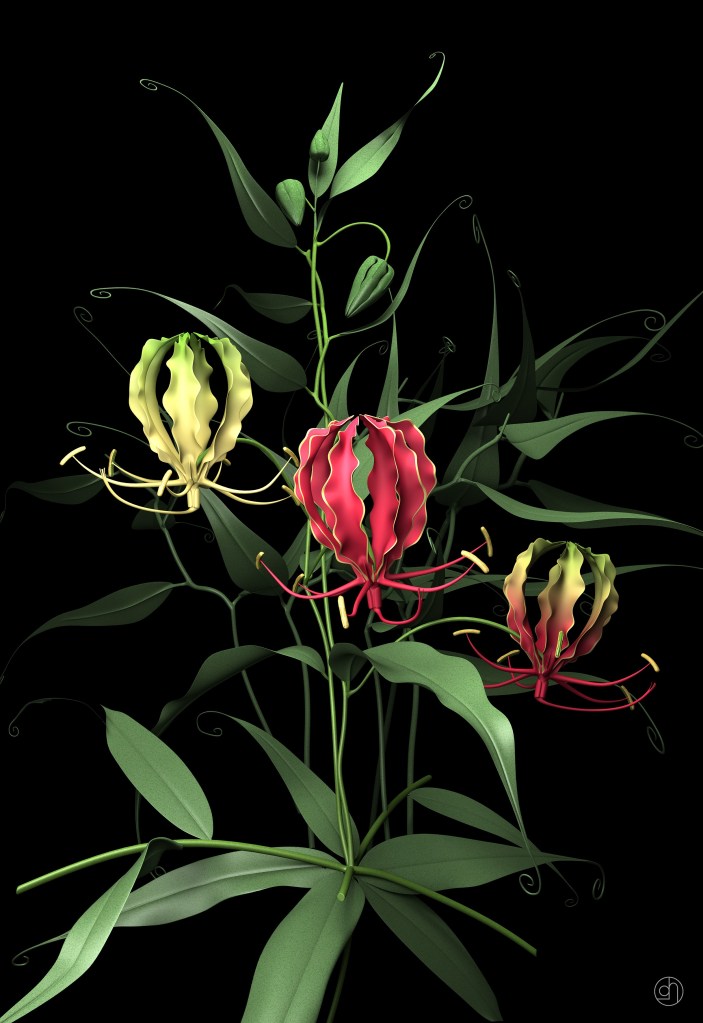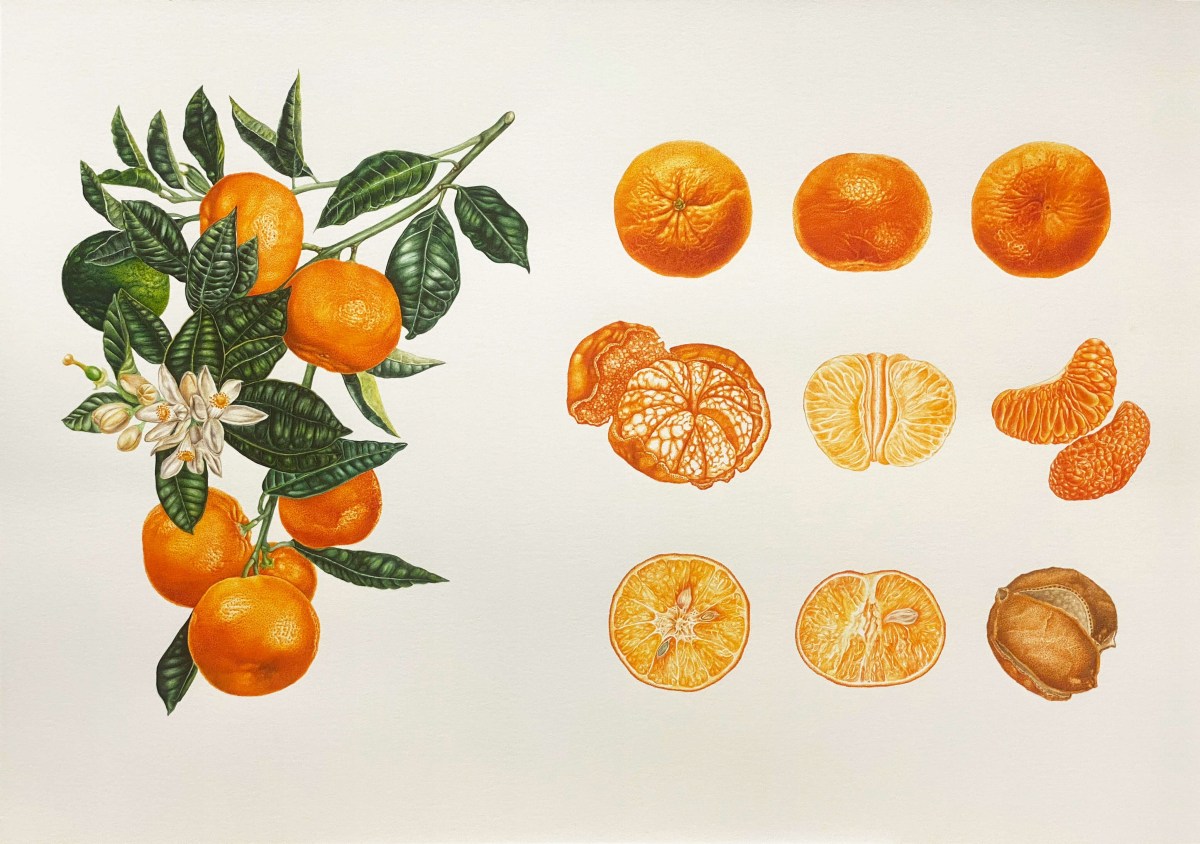For almost a quarter of a century, Sydney’s Royal Botanic Garden has celebrated botanic art in an annual art exhibition.
Botanical illustration depicts the leaves, seeds, flowers and roots of plants in microscopic detail, and with botanical and scientific accuracy. Historically, these meticulous illustrations have helped scientists identify and catalogue species of plants. Today, botanical illustration is appreciated for its beauty as much as for its scientific value, something that has made it collectable as artworks.
This year’s Botanica exhibition focuses on plants that heal. The exhibition takes its title from an ancient Greek text that became a reference for European and Western pharmacopeia. Many common medicines are derived from plants. Aspirin originates from willow tree bark extract, morphine from poppy seeds, and chemicals found in foxglove leaves have been used to heal heart issues.
In Australia, bush plants have been used to treat and cure illnesses for millennia, with leaves, seeds and roots applied to the skin or inhaled for their therapeutic benefits. Some plants, such as eucalypts, are valued as anti-inflammatories, while others, such as the oil of the tea tree, for their antiseptic properties. The emu bush is an antibiotic, while the world’s richest source of vitamin C – with 50 times the amount of the vitamin found in oranges – is the Kakadu plum from the Northern Territory.
The 50-plus artists taking part in the Botanica de Materia Medica exhibition highlight the diverse range of plants used in cultural healing remedies, from Indigenous bush medicine to traditional Chinese and Indian Ayurvedic treatments.

The exhibition is being held at Lions Gate Lodge, a historical building tucked behind a stone wall at the edge of the Botanic Garden. The rooms of the lodge are small, with upper and lower exhibition spaces connected via a narrow staircase. Each of the rooms overlooks the Garden, making it both an intimate and appropriate space for the exhibition.
The exhibition’s artists include both emerging and internationally recognised talent and a range of media and styles. Angela Lober is a returning artist who has exhibited at Botanica for 20 years. She is trained as both a professional landscape artist and a botanical illustrator, and her exhibits include ‘Tuckeroo’, ‘Tasmanian Alpine’ and ‘Tea Tree’. The work demonstrates the extraordinary attention to detail needed in botanical art, with each piece taking between 100 and 200 hours to make.
While most of the art in the exhibition features media and approaches traditionally associated with botanical art, such as watercolour, some of the featured artists have taken a less conventional approach.
Alissa Cook, who also co-curated the exhibition, is a first-time exhibitor who uses both photography and embroidery in her work. Cook has a PhD in biochemistry but, inspired by the plants at Mount Annan’s botanic garden, turned her hand to nature photography. During the pandemic, she took up embroidery and her artwork now combines the two. The exhibited work includes the leaves and flowers of gum trees overlaid with intricate and exquisite bead and needlework.
Other artists have chosen different media and subjects. Peta West’s dramatic work features relief linoprints of banksia, water lily and waratah, while Debbie Bourke has used mosaics to adorn a teapot. Tanya Hoolihan highlights the medicinal plants used in cocktails, such as the anti-malarial quinine used in gin and tonic, in a series of artworks.
Read: Exhibition review: Newell Harry: Esperanto, Murray Art Museum Albury
Entry to the exhibition is free, but the artwork is for sale, with the funds raised used to support the scientific works and infrastructure of the Garden. In addition to the exhibition, Botanica features a number of other activities such as a Plants to Medicine walk, a painting workshop led by scientist and illustrator and artist Anna Voytsekhovich and a mosaics demonstration by Debbie Bourke.
Botanica de Materia Medica
Lion Gate Lodge, Royal Botanic Garden, Sydney
Free entry
Botanica de Materia Medica will be exhibited until 13 August 2023.





